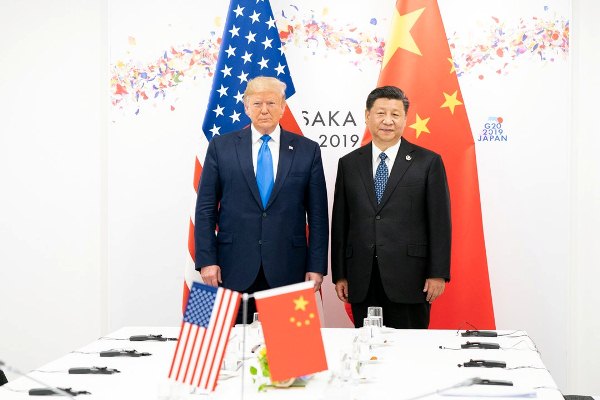Tariffs imposed by the US on China are economically hurting both countries, resulting in a strong decline in Chinese exports to the US, while US losses are largely related to higher prices for American consumers, according to a new study from the United Nations Conference on Trade and Development (UNCTAD).
US tariffs have caused a 25% export loss for China, inflicting a US$35 billion blow to Chinese exports in the US market for tariffed goods in the first half of 2019, according to the study, Trade and Trade Diversion Effects of United States Tariffs on China.
The 25% loss also shows the competitiveness of Chinese firms, which, despite the substantial tariffs, were still able to maintain 75% of their exports to the US.
US tariffs on China have also made other players more competitive in the US market and led to a trade diversion effect—increased imports from countries not directly involved in the trade war—noted the paper.
Of the $35 billion in Chinese export losses in the US market, about $21 billion (or 62%) was diverted to other countries, while the remainder of $14 billion was either lost or captured by US producers.
Trade diversion effects have brought substantial benefits for Taiwan, Mexico, and the European Union.
Taiwan gained $4.2 billion in additional exports to the US in the first half of 2019 by selling more office machinery and communication equipment.
Mexico increased its exports to the US by $3.5 billion, mostly in the agri-food, transport equipment and electrical machinery sectors.
The European Union gained about $2.7 billion due to increased exports, largely in the machineries sectors.
Vietnam’s exports to the US swelled by $2.6 billion, driven by trade in communication equipment and furniture.
Trade diversion benefits to Korea, Canada and India were smaller but still substantial, ranging from $0.9 billion to $1.5 billion.
The remainder of the benefits were largely to the advantage of other Southeast Asian countries.
The paper also provided insights into effects at the sectoral level. The office machinery and communication equipment sectors were hit the hardest, with a total reduction of US imports from China of about $15 billion for the first half of 2019 as trade in tariffed goods in those sectors fell by an average of 55%.
Trade of tariffed goods in sectors such as chemicals, furniture, and electrical machinery also dropped substantially, according to the analysis.
Though the study does not examine the impact of the most recent phase of the trade war, it warns that the escalation in summer of 2019 is likely to have added to the existing losses.
On the part of the US, the analysis finds that US consumers are bearing the brunt of the US tariffs on China in the form of higher prices of goods.
However, Chinese firms have recently started absorbing part of the costs of the tariffs by reducing the prices of their exports, the study also found.
While it does not consider the impact of Chinese tariffs on US imports, the study indicates that the same trends may likely be happening: higher prices for Chinese consumers, losses for US exporters, and trade gains for other countries.
Since mid-2018, the US and China have been locked in a trade confrontation that has resulted in several rounds of retaliatory tariffs.
Photo By The White House









